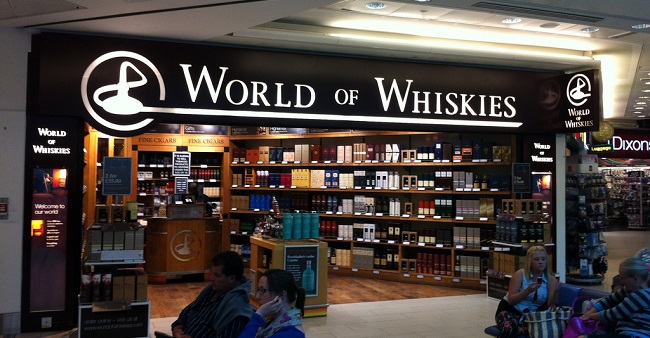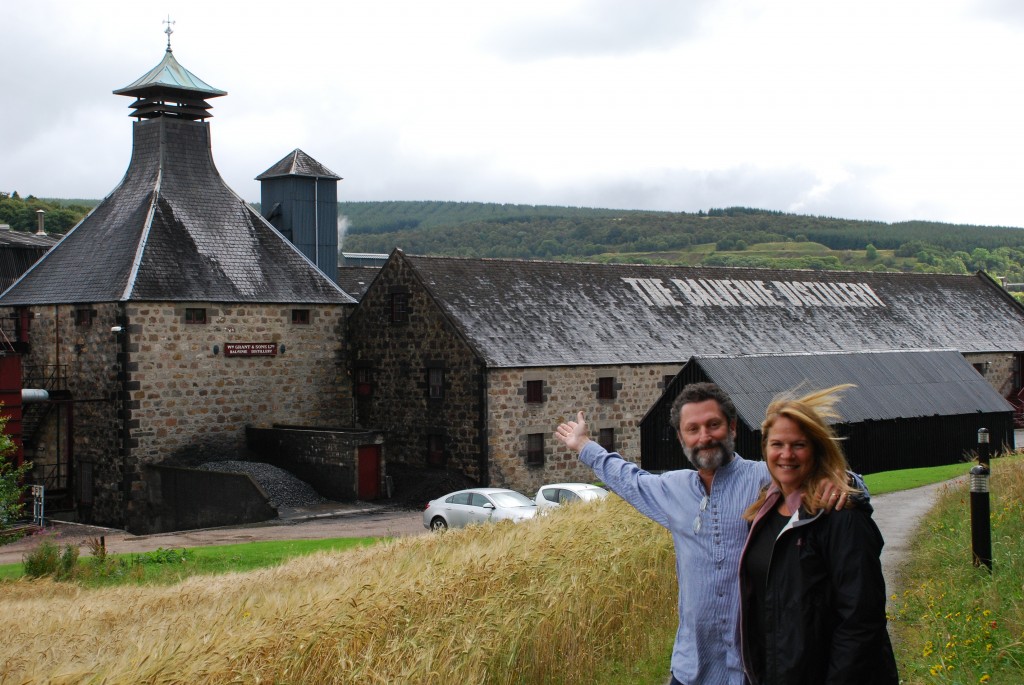 This is part two of a two part series from reader Wayne, who is a staple in our burgeoning Facebook Group. He shares with us his experience touring several Scotch whisky distilleries this past summer. I’ll sprinkle in a few of my thoughts through but this is an awesome recap with some amazing pictures guaranteed to make you jealous! Part one is available here.
This is part two of a two part series from reader Wayne, who is a staple in our burgeoning Facebook Group. He shares with us his experience touring several Scotch whisky distilleries this past summer. I’ll sprinkle in a few of my thoughts through but this is an awesome recap with some amazing pictures guaranteed to make you jealous! Part one is available here.
Balvenie
Finally (Ta Da!), the Balvenie Distillery.
This was fun, and even a bit funny.
The first thing you see as you walk onto the grounds is a warning not to proceed if you don’t have a reservation. They only do tours on a reserved-space basis.
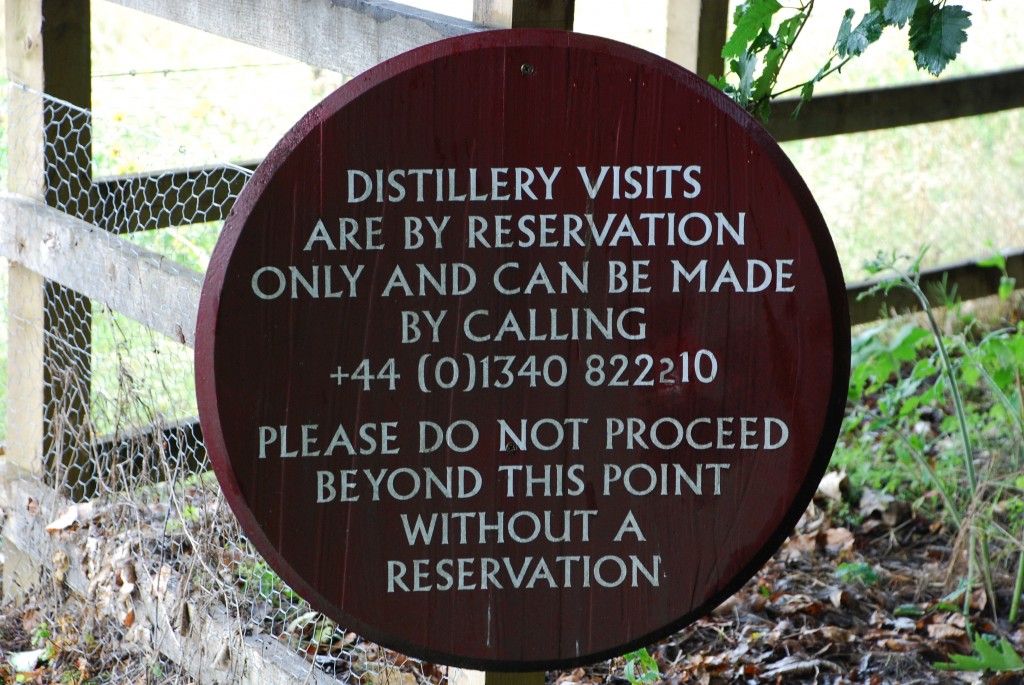
We got there before the other 4 people in our tour and the VERY nice woman immediately asked me if I’d like to sip some whiskies “quickly, before the others arrived.”
I know this will be shocking to all of you, but I said “YES!”
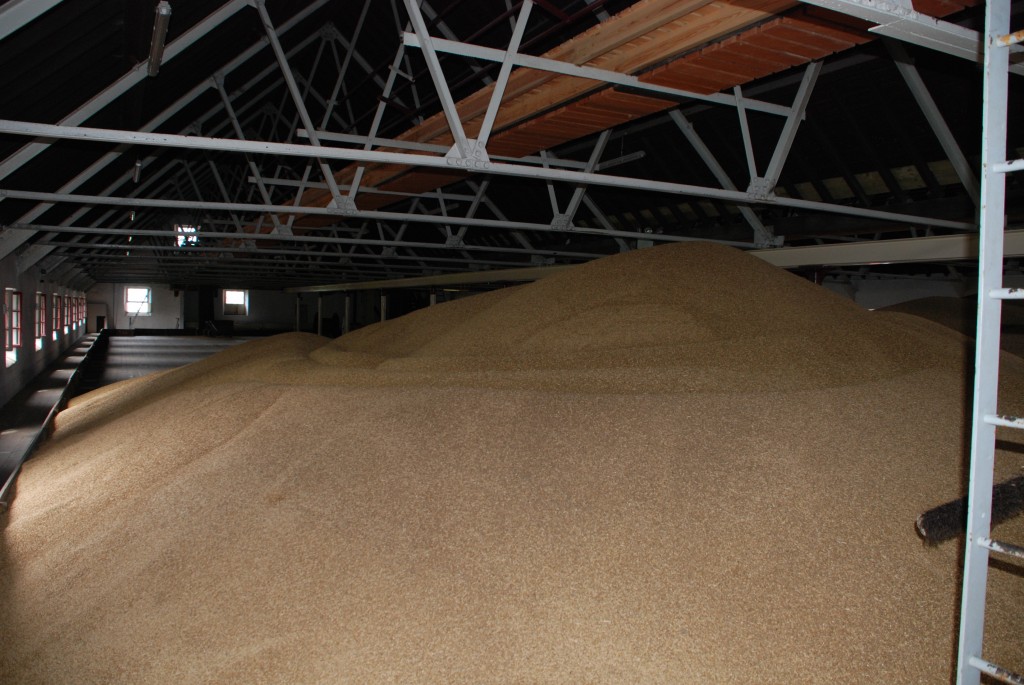 This was a 3-hour tour and we walked through the entire process, starting with the room where the grains come in.
This was a 3-hour tour and we walked through the entire process, starting with the room where the grains come in.
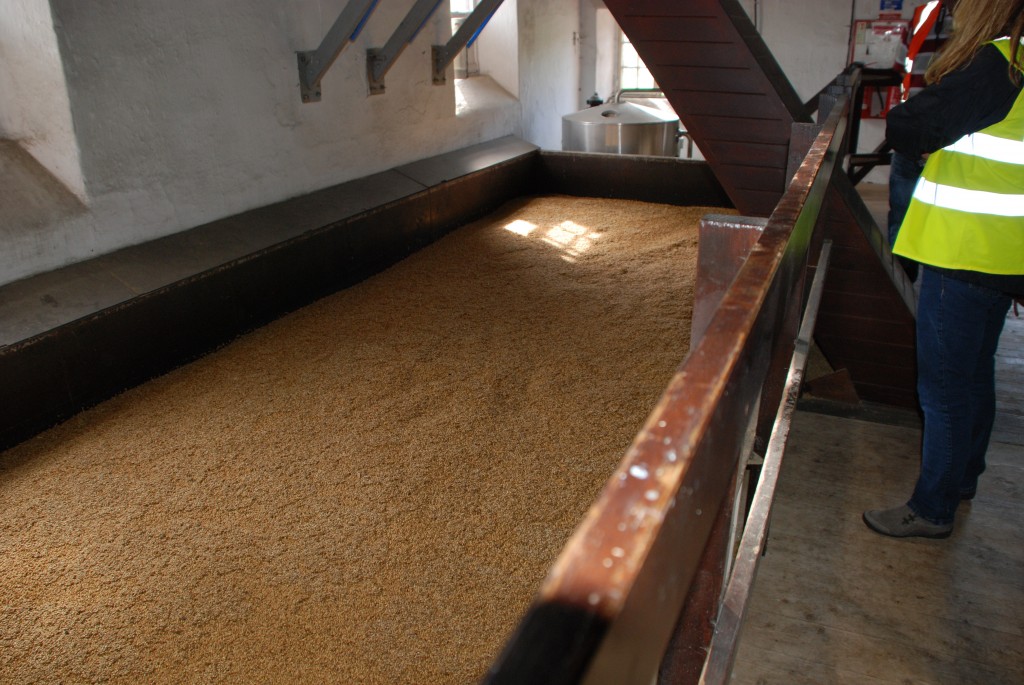 Next, the grains go into a container where they are wet to begin the germination process.
Next, the grains go into a container where they are wet to begin the germination process.
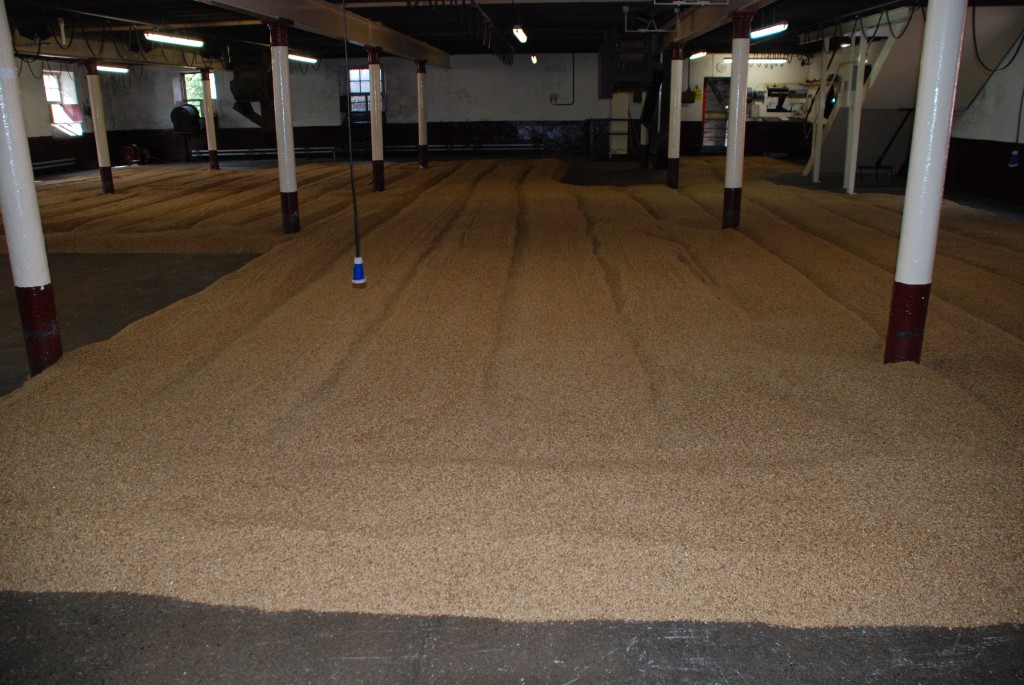 After that, they go onto a LARGE warehouse floor to germinate. They actually grow a little sprout out of the end of the grain and this is also where they need to be constantly turned so that they germinate evenly. The shovels are flat wooden tools, the handle of which is cut to the optimum length for the person using it. They are also now mechanized and there is a man-operated machine that turns the grain that reminded me of the old rotary push mowers, but the romance of men actually turning the grains to properly malt is irresistible!
After that, they go onto a LARGE warehouse floor to germinate. They actually grow a little sprout out of the end of the grain and this is also where they need to be constantly turned so that they germinate evenly. The shovels are flat wooden tools, the handle of which is cut to the optimum length for the person using it. They are also now mechanized and there is a man-operated machine that turns the grain that reminded me of the old rotary push mowers, but the romance of men actually turning the grains to properly malt is irresistible!
After the grains malt properly, they are taken upstairs to the drying floor. This is not a solid floor – it has screening so that heat can flow through. It’s very smoky looking into this room from the fires below, and every distillery has a characteristic pagoda-shaped roof which serves as a vent to let the smoke out… but not too quickly.
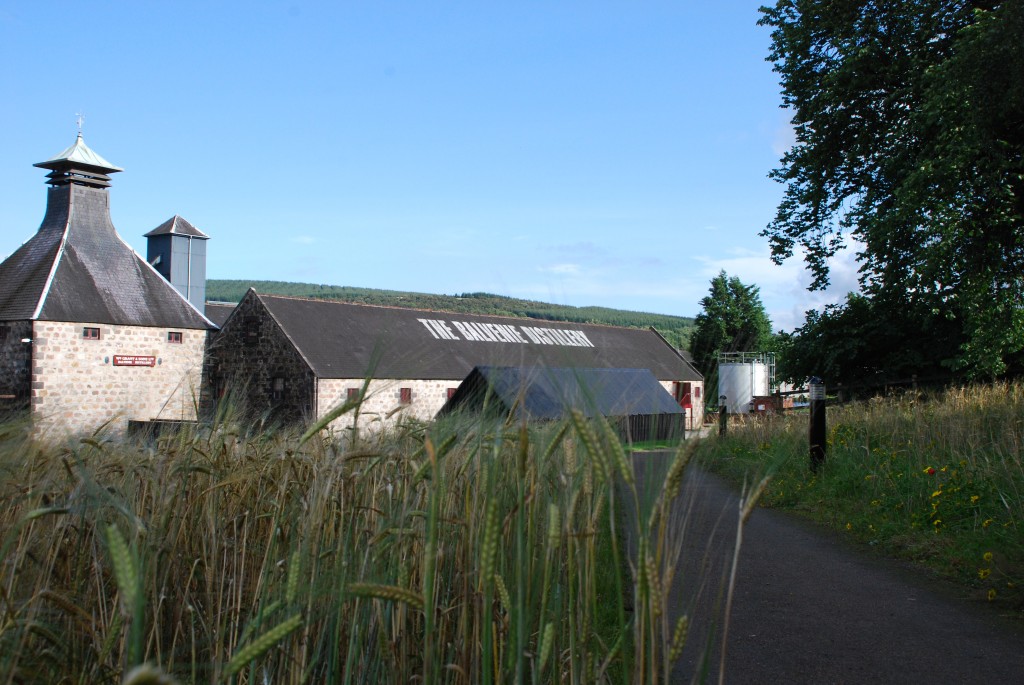 Larger distilleries just have more of these pagoda-shaped vented roofs. The furnace below is filled with various types of things to burn that flavor the grains. Also, the little sprout falls off the grain at this point and is used for feeding animals. (EVERTHING is used – every by-product, every leftover, etc.)
Larger distilleries just have more of these pagoda-shaped vented roofs. The furnace below is filled with various types of things to burn that flavor the grains. Also, the little sprout falls off the grain at this point and is used for feeding animals. (EVERTHING is used – every by-product, every leftover, etc.)
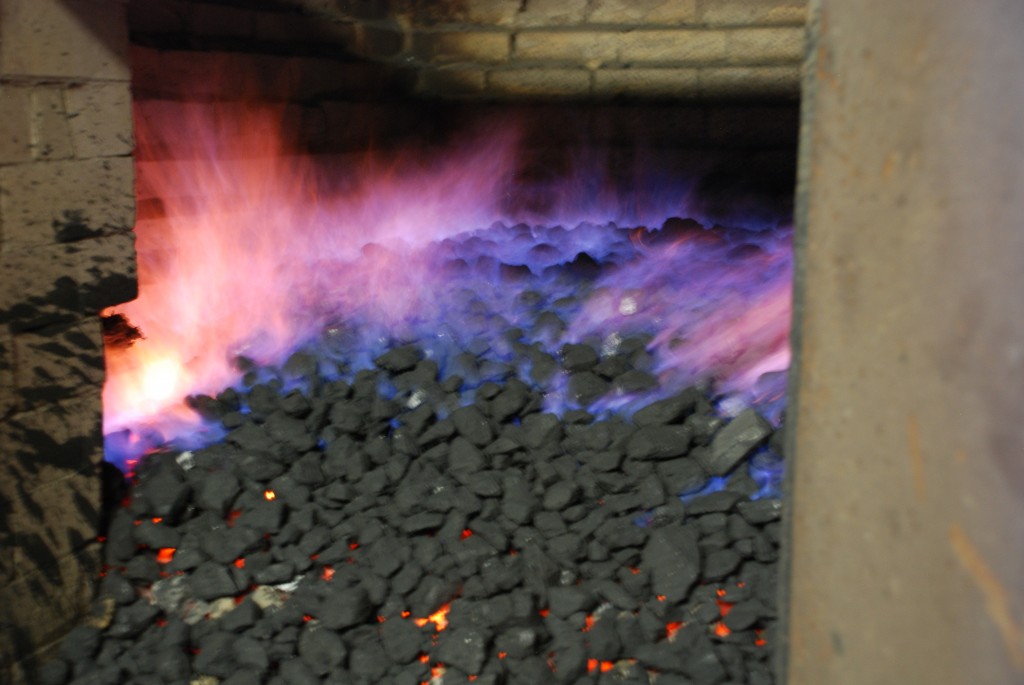 Balvenie was burning anthracite coal to dry the grains and they also had some local peat. It’s important to note that the peat in this area is NOT like the peat in Islay, so even though Balvenie uses peat at some point in the process, it doesn’t yield the smoky flavor that the peat in Islay does.
Balvenie was burning anthracite coal to dry the grains and they also had some local peat. It’s important to note that the peat in this area is NOT like the peat in Islay, so even though Balvenie uses peat at some point in the process, it doesn’t yield the smoky flavor that the peat in Islay does.
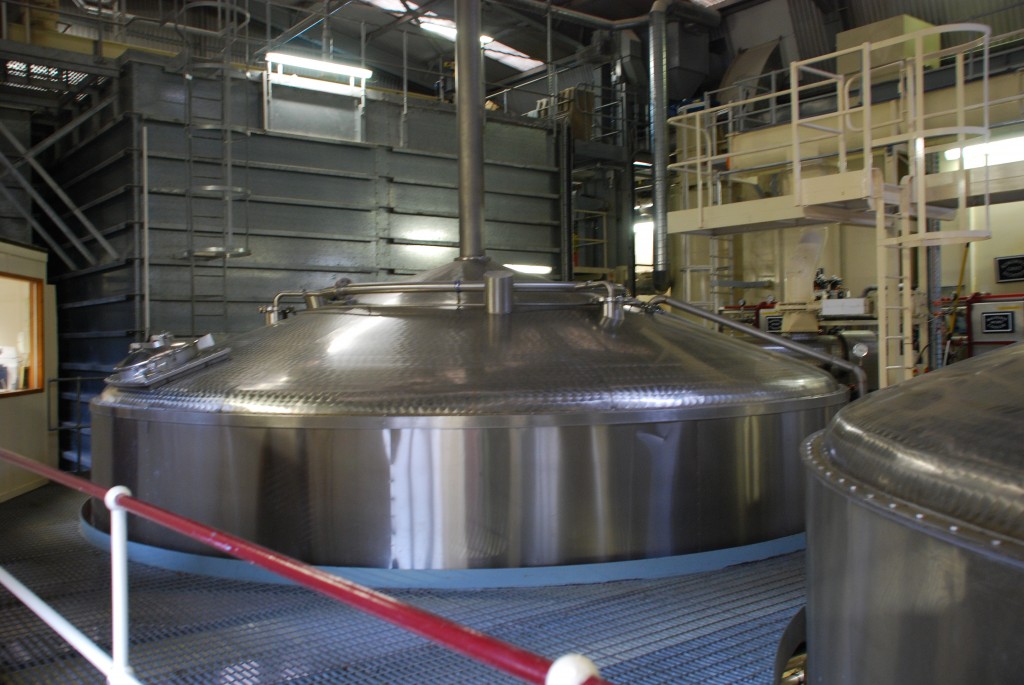 Once the grains are dried, it’s time to add water, re-wet them and make them into an ugly looking broth. They then go to the mash-tuns where the yeast will be added and the fermentation begins. The product that is left at the end of this part is beer!!! Interesting!
Once the grains are dried, it’s time to add water, re-wet them and make them into an ugly looking broth. They then go to the mash-tuns where the yeast will be added and the fermentation begins. The product that is left at the end of this part is beer!!! Interesting!
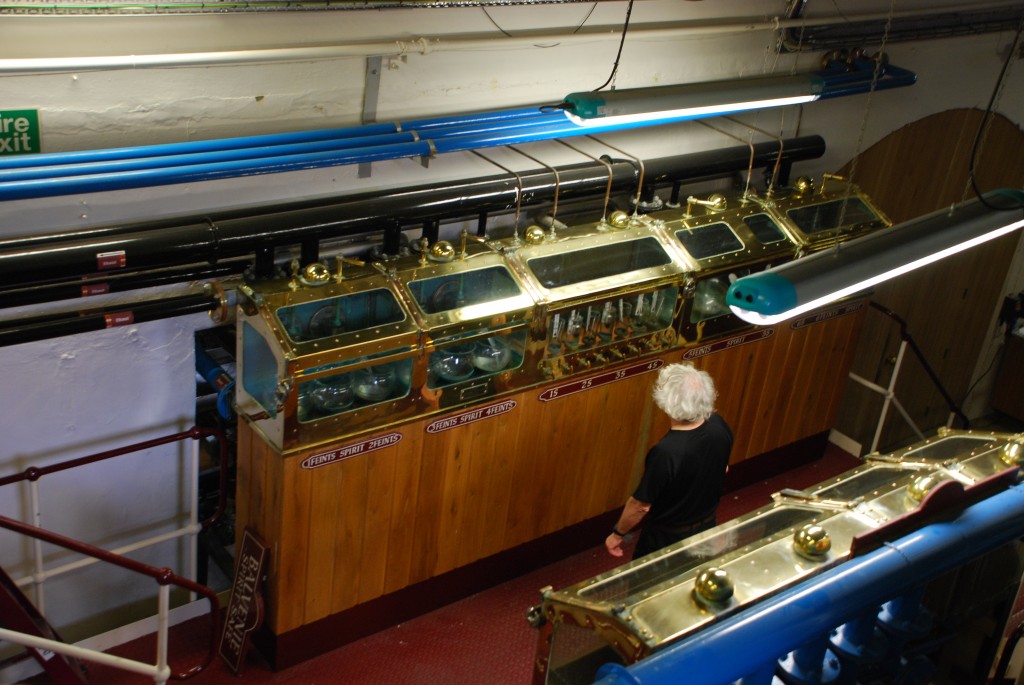 Finally, this liquid goes to the stills, and heated to a precise temperature to cause the alcohol to evaporate first (before the water), the steam is collected and sent to the Wines Safe. The final step of course is to put the whisky in whatever kind of cask is selected to begin aging.
Finally, this liquid goes to the stills, and heated to a precise temperature to cause the alcohol to evaporate first (before the water), the steam is collected and sent to the Wines Safe. The final step of course is to put the whisky in whatever kind of cask is selected to begin aging.
To be called “Scotch Whisky” the brew has to be aged for a minimum of 3 years, although as we all know, very little (if any?) is ready that quickly.
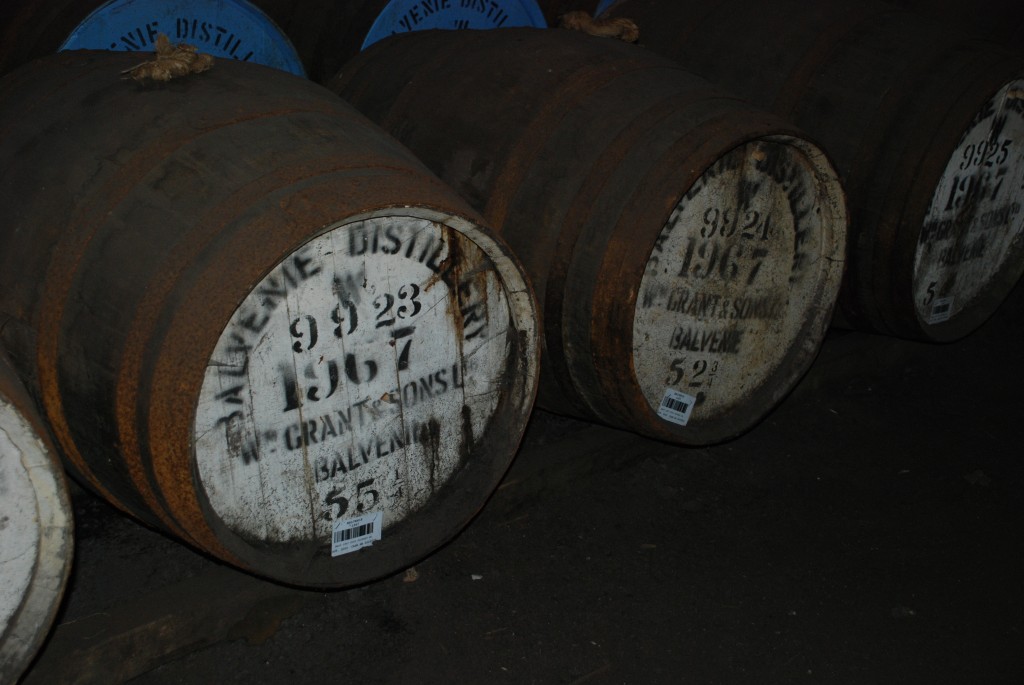
Finally, came the REALLY fun part. We got to go into Warehouse 24 – Balvenie’s double-super-secret storehouse with a lot of stuff they don’t sell.
How to get the scotch out? The casks are horizontal with the stopper on top. There is a device they call “the dog” which is a long copper cylinder on a long chain.
The cylinder is sealed at the bottom and you lower it into the cask to fill up, and pull it vertically back out, filled with scotch. The tasting technique was totally unexpected – they poured the scotch into our cupped hands! No glasses. Because of the need to inhale while sipping so as not to waste too much before it leaks out through your fingers, you get an incredible nose. Very cool!!!
We tasted 3 different barrels in there as follows: One was a sherry cask, one was a bourbon barrel single fill, and one was a bourbon barrel refill. I have never tasted anything like the bourbon barrel refill – the most amazing distinct tones of chocolate I’ve ever had in a scotch. We had the option to bottle our own, which was only a small bottle (about 1/3 of the liquid of a US 5th) and it cost 25 pounds – about $42 bucks. Worth every penny as you cannot buy this on the market.
Jim: So jealous right now. OK, I was jealous before… but I’m so jealous now. 🙂
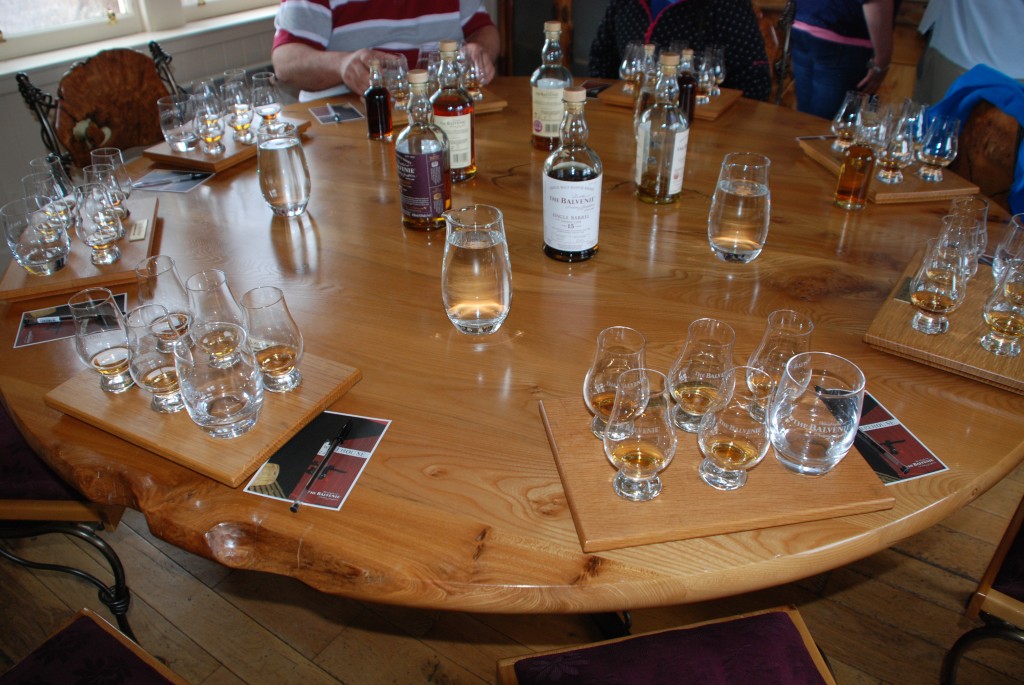 As if this weren’t enough, we then did a formal tasting, in a room with chairs & a table and glasses (!) of 5 different Balvenie products. There was the 12-year Doublewood, the 14-year Caribbean cask, the 17-year Doublewood, the new 15-year Sherry cask and the 21-year.
As if this weren’t enough, we then did a formal tasting, in a room with chairs & a table and glasses (!) of 5 different Balvenie products. There was the 12-year Doublewood, the 14-year Caribbean cask, the 17-year Doublewood, the new 15-year Sherry cask and the 21-year.
On a sad note for me, I did not like the new 15-year sherry cask as much as the discontinued 15-year single-cask. In general, I discovered through all of our distillery visits and tastings that I did not prefer the sherry-cask products as much as some of the others.
Of course, here, it’s all Balvenie and it’s all wonderful. Finishing that, we said our goodbyes and began our drive back to Edinburgh to fly home.
I hope you enjoyed this recount of our trip and I can tell you, I’d LOVE to go back. Feel free to send me messages through Scotch Addict, join the Facebook group and chat there, and let me know if you have any questions!
If you want to reach out to Wayne, you can always find him in our Facebook group!
All photos are courtesy of Wayne, thank you so so much for your generosity with the photos and this recap!

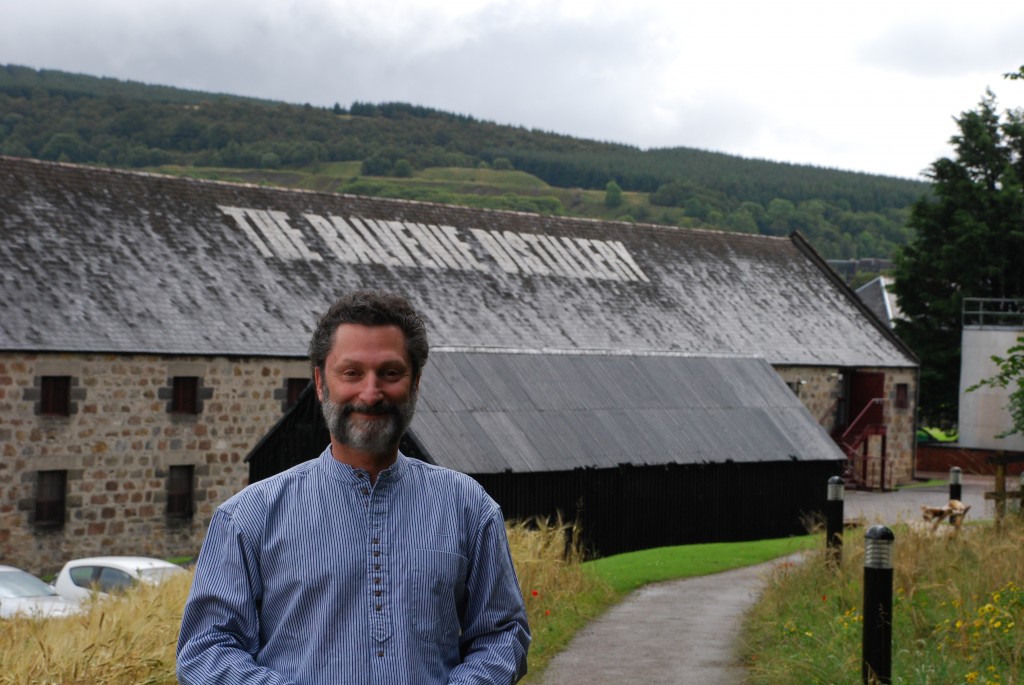 This two part series comes from reader Wayne, who is a staple in our burgeoning
This two part series comes from reader Wayne, who is a staple in our burgeoning 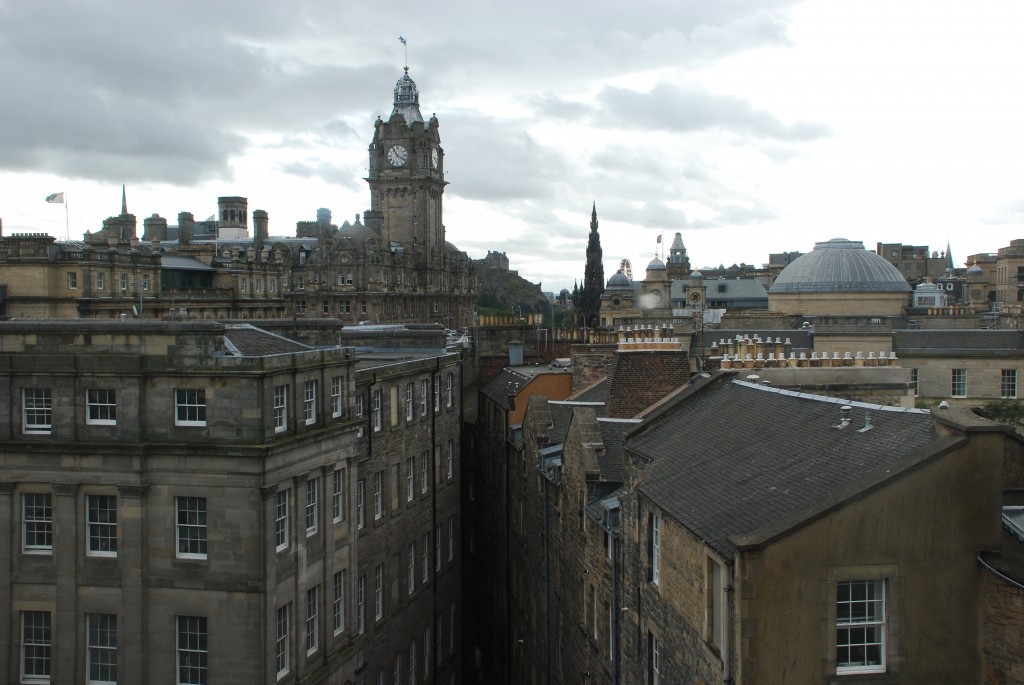 For the Scotland portion of the trip, we flew in to Edinburgh on a Sunday afternoon. Before I start talking about our distillery visits, I have to say, Edinburgh was the COOLEST city we’ve ever visited, and we felt a little dopey for not scheduling more time to really enjoy the city.
For the Scotland portion of the trip, we flew in to Edinburgh on a Sunday afternoon. Before I start talking about our distillery visits, I have to say, Edinburgh was the COOLEST city we’ve ever visited, and we felt a little dopey for not scheduling more time to really enjoy the city. 
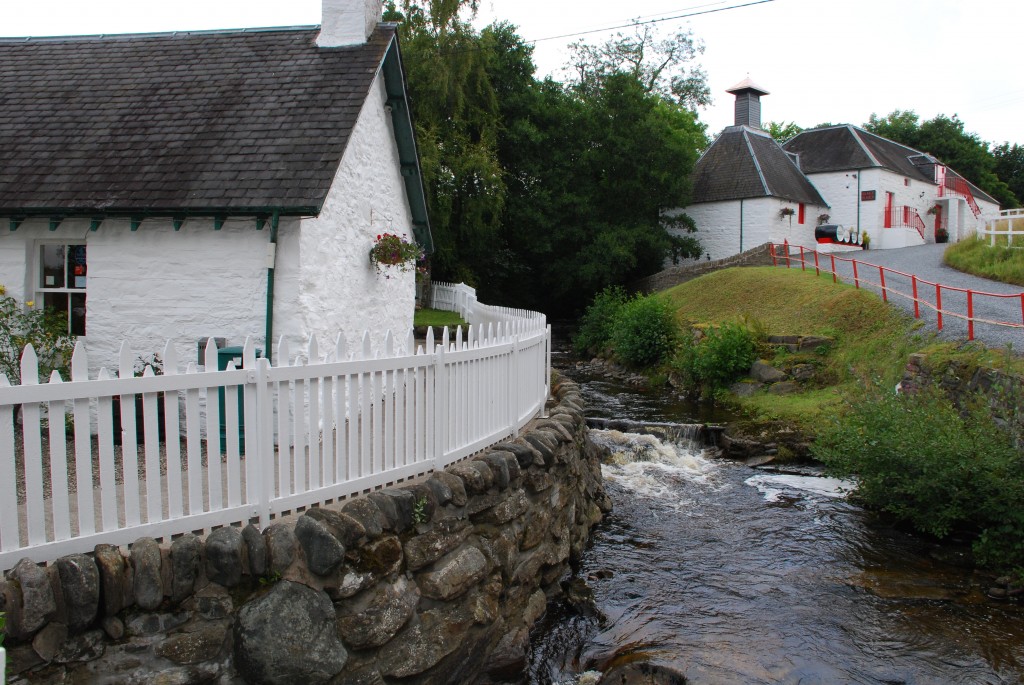 It’s a 3-hour drive to Speyside from Edinburgh, so our first stop was to Edradour in the early afternoon. This is the smallest distillery in Scotland – a statistic they are actually very proud of. Nevertheless, the tour group there was surprisingly large – maybe 12 people.
It’s a 3-hour drive to Speyside from Edinburgh, so our first stop was to Edradour in the early afternoon. This is the smallest distillery in Scotland – a statistic they are actually very proud of. Nevertheless, the tour group there was surprisingly large – maybe 12 people. 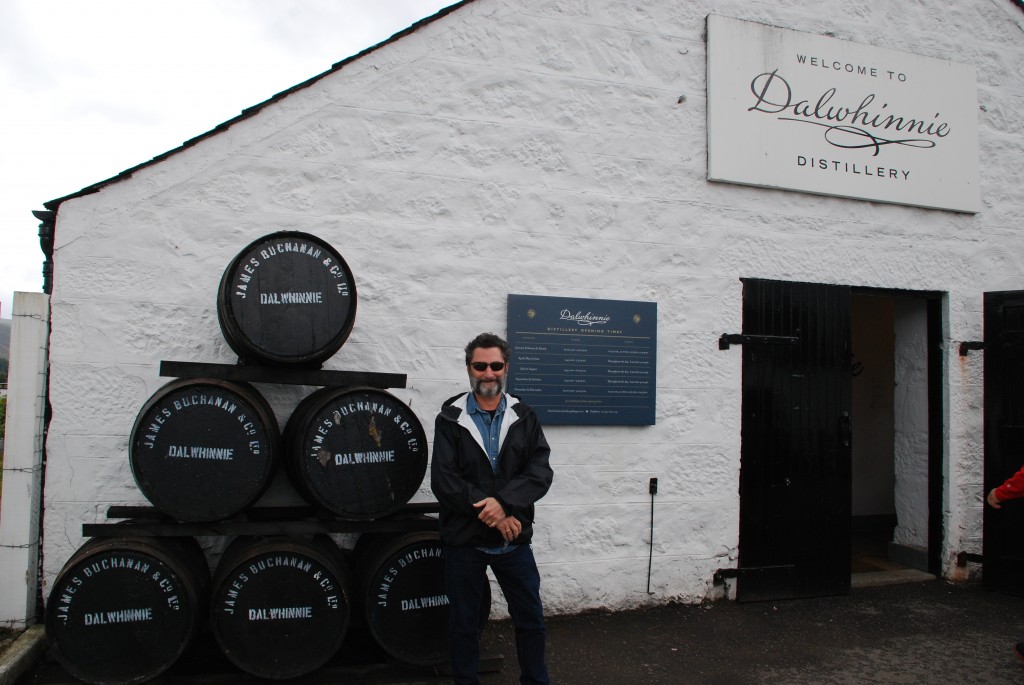 A quick stop for lunch, and we were off to Dalwhinnie, where, because of the late hour of the day, we opted for a tasting instead of a full tour.
A quick stop for lunch, and we were off to Dalwhinnie, where, because of the late hour of the day, we opted for a tasting instead of a full tour. 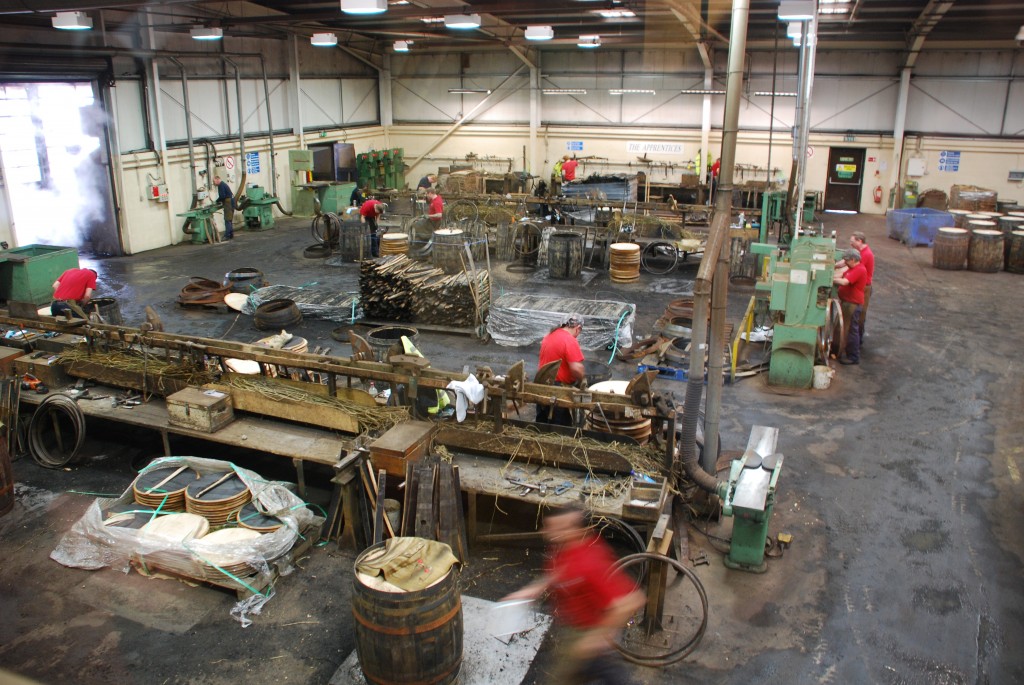 First up was the Speyside Cooperage.
First up was the Speyside Cooperage. 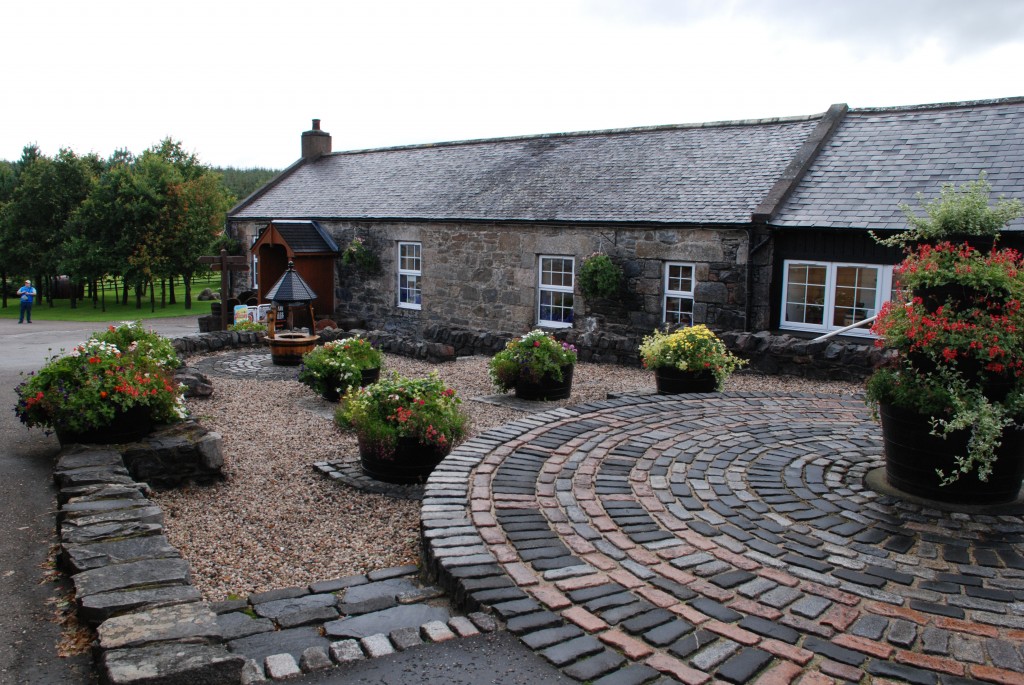 After that it was on to Cardhu. This distillery was originally owned by a woman, and these were lovely people. The tour was interesting – much like the Edradour tour.
After that it was on to Cardhu. This distillery was originally owned by a woman, and these were lovely people. The tour was interesting – much like the Edradour tour. 